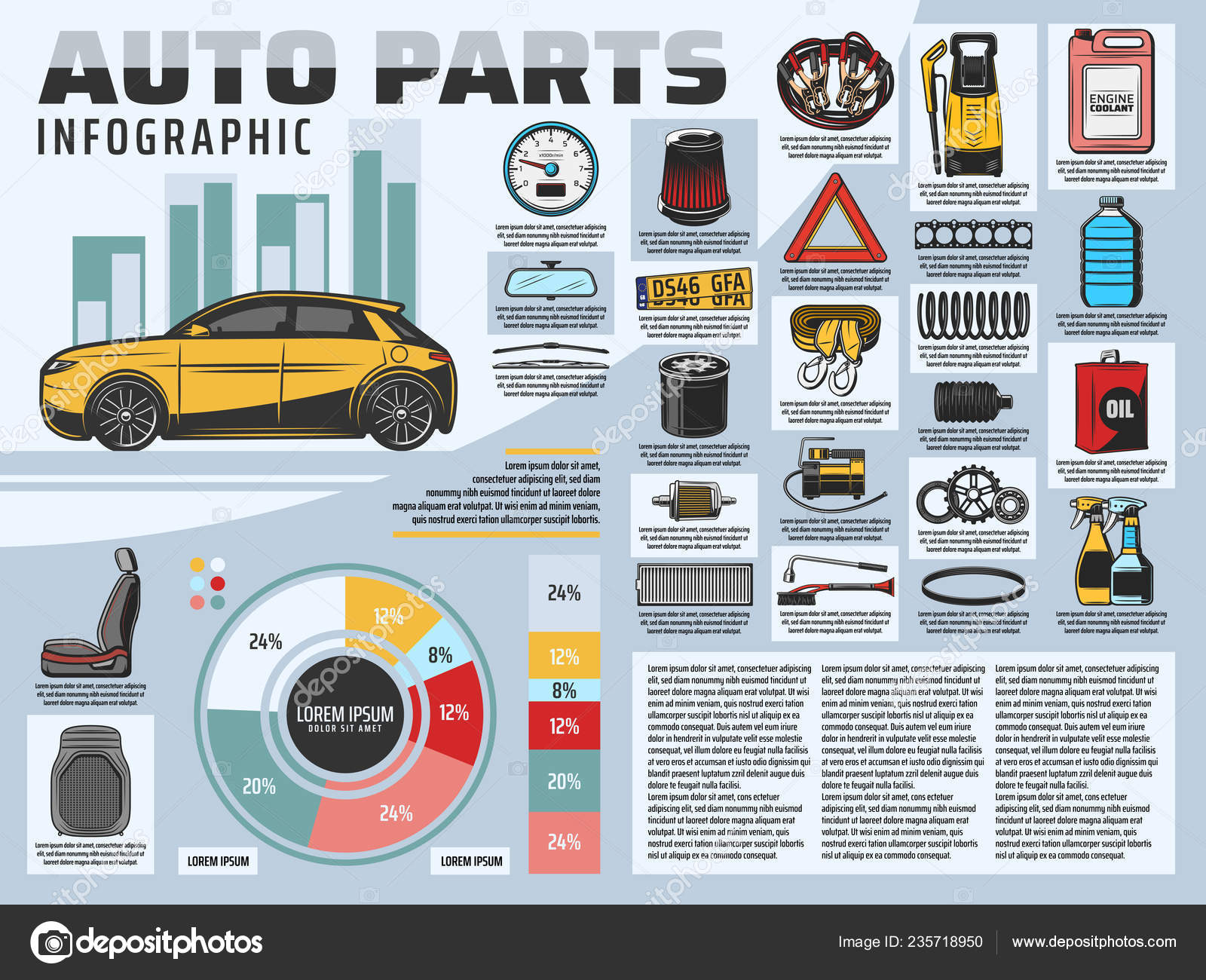Translating Your Automobile'S Alert Lights: Their Real Effects
Translating Your Automobile'S Alert Lights: Their Real Effects
Blog Article
Material Author-Lim Dalgaard
When you lag the wheel, those beautiful caution lights on your control panel can be a bit difficult. Do you know what they're trying to inform you about your cars and truck's health and wellness? Understanding the importance of these lights is vital for your safety and security and the longevity of your lorry. So, the next time among those lights turns up, wouldn't you wish to analyze its message precisely and take the required steps to address it?
Common Caution Lights and Interpretations
Identify common caution lights in your car and understand their significances to ensure secure driving.
The most typical caution lights include the check engine light, which indicates concerns with the engine or exhausts system. If this light comes on, it's crucial to have your automobile examined without delay.
The oil pressure warning light suggests reduced oil stress, calling for immediate attention to prevent engine damage.
A blinking battery light could suggest a faulty charging system, possibly leaving you stranded otherwise dealt with.
The tire pressure surveillance system (TPMS) light notifies you to reduced tire stress, affecting vehicle security and gas effectiveness. Ignoring this might cause hazardous driving problems.
The abdominal light shows an issue with the anti-lock stopping system, jeopardizing your ability to quit quickly in emergency situations.
Lastly, the coolant temperature level advising light warns of engine overheating, which can result in severe damage otherwise settled quickly.
Comprehending these typical caution lights will certainly help you address concerns quickly and keep secure driving conditions.
Relevance of Prompt Focus
Comprehending the common warning lights in your vehicle is only the very first step; the significance of without delay resolving these cautions can't be emphasized enough to guarantee your security when traveling.
When a caution light brightens on your control panel, it's your cars and truck's means of communicating a prospective issue that needs interest. Ignoring these cautions can lead to more serious troubles later on, endangering your safety and security and possibly costing you much more out of commission.
commercial vehicle detailing to advising lights can avoid breakdowns and mishaps. As an example, a flashing check engine light might suggest a misfire that, if left unattended, could create damages to the catalytic converter. Resolving this quickly can save you from a pricey repair service.
Similarly, a brake system cautioning light could signify reduced brake fluid or used brake pads, important parts for your safety and security when driving.
DIY Troubleshooting Tips
If you notice a caution light on your control panel, there are a couple of DIY fixing tips you can attempt prior to seeking specialist aid.
The primary step is to consult your cars and truck's handbook to comprehend what the details warning light indicates. In some cases the issue can be as simple as a loosened gas cap setting off the check engine light. Tightening the gas cap might resolve the trouble.
Another common problem is a reduced battery, which can trigger different cautioning lights. Inspecting the battery connections for corrosion and ensuring they're secure may repair the problem.
If a warning light persists, you can attempt resetting it by detaching the car's battery for a few mins and then reconnecting it. Additionally, inspecting your car's fluid degrees, such as oil, coolant, and brake liquid, can assist troubleshoot warning lights related to these systems.
cargroombotany
In conclusion, recognizing your automobile's caution lights is essential for keeping your vehicle running efficiently and securely. By quickly dealing with these informs and understanding what they suggest, you can prevent costly repair work and potential failures.
Remember to consult your vehicle's handbook for specific information on each alerting light and do something about it accordingly to guarantee a trouble-free driving experience.
Stay notified, remain secure on the road!
